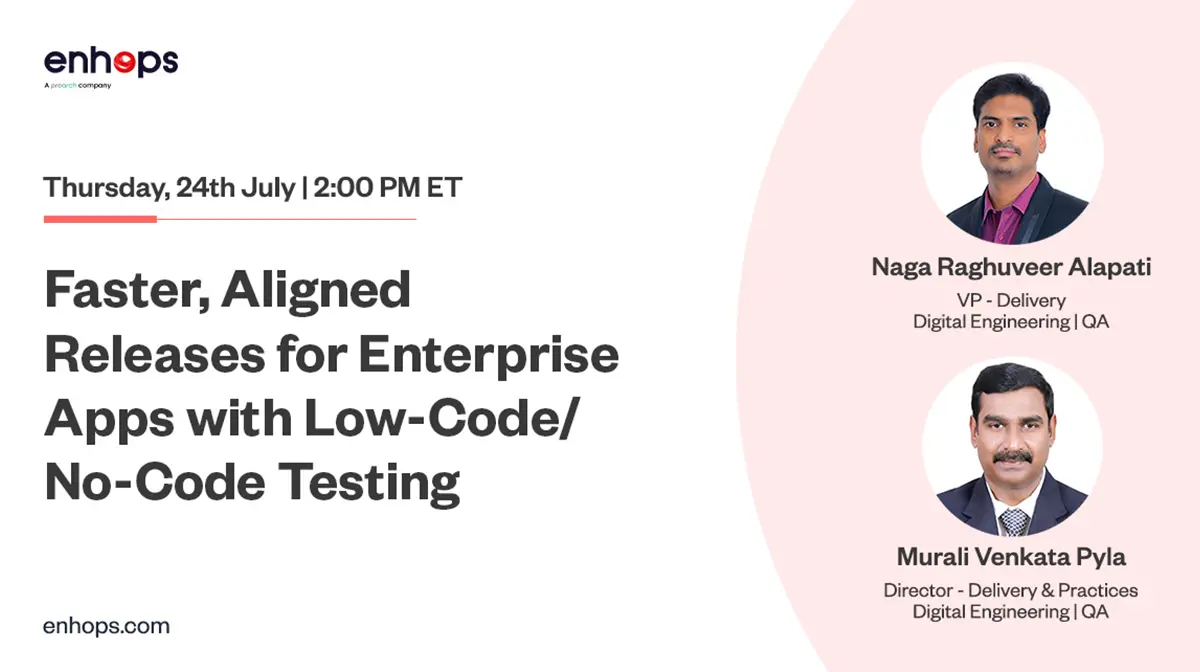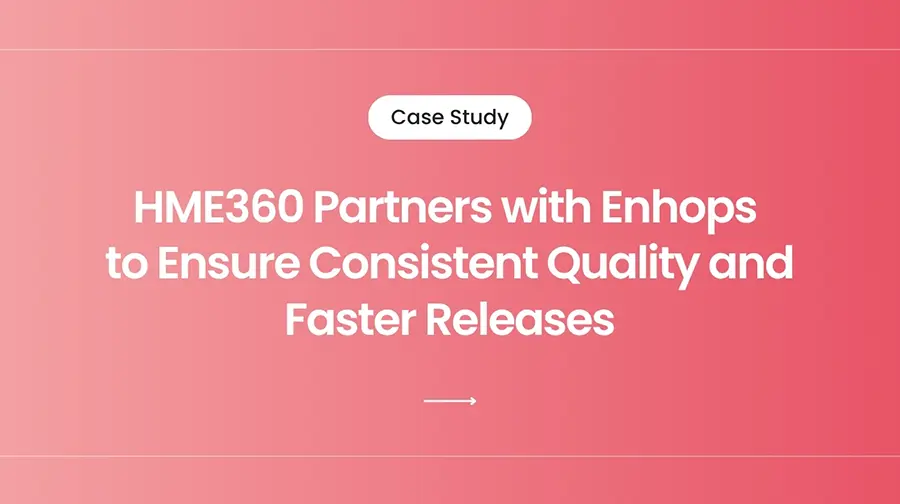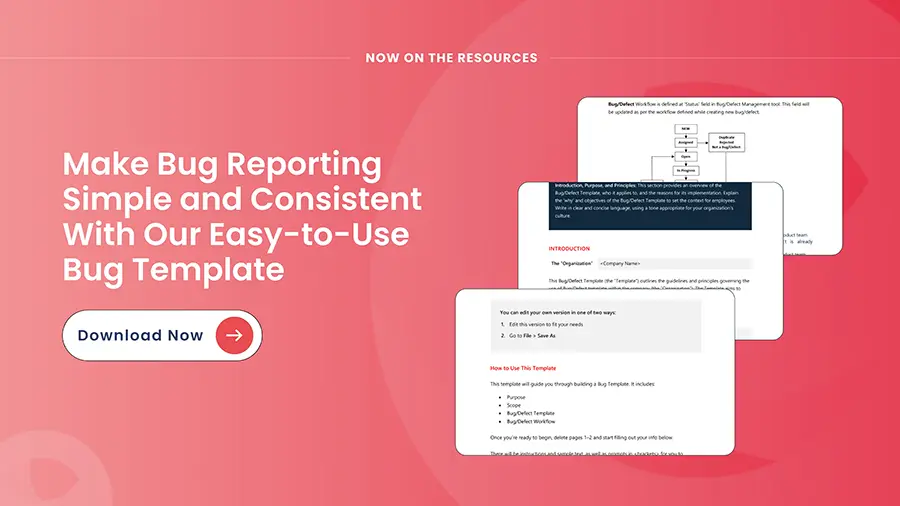Santosh Kaveti, CEO of Enhops, frequently stresses why Humans must drive Digital Transformation at the core and Technologies as enablers.
Santosh has tons of exciting stories about technology, people, and successful business transformations because of his vast experience in the technology world for over two decades. One such story goes like this –
“It was a Utility company back in the late 2000s; I visited their office to implement the ERP system we had modernized. I was surprised and wanted to understand why they didn’t want to use the mouse. I was also curious about a peculiar requirement this particular customer would insist on.
“They wanted to develop a back-end office application, but all functions should run using a keyboard, and there should not be any role for the “mouse,” not even to move the cursor or click on buttons. One more colleague and I found it strange and decided to meet the end-user at the customers.”
“A lady was entering some data in the “legacy” system. She had a pile of papers on her left-hand side, and she was not even looking at the screen and entering data like a robot with speed and precision every time.”
Santosh greeted her, and the conversation began about why she wanted a system where there should not be any mouse usage. She explained that she fills the whole data in the system within two to three hours.
“Our new application took her more than a day to finish this same task because she was required to use the mouse. She added that she doesn’t understand why our application is called modern if it increases her effort and decreases her productivity.
Santosh and his colleague didn’t have an answer.
But what they have taken as a lesson is – If your application doesn’t serve the purpose of end-users, none of your micro or nano services architecture or innovative functionalities or top-grade security features matter.
Cliché Alert – Everyone is building ‘The Modern Application’ to accelerate Digital Transformation
It’s an exciting time for the technology world, with COVID-19 we all have been pushed early into the future.
“Every organizational leader that we talk to is building a modern system with attributes like Microservices Architecture, IoT enabled, AI and ML-Powered, Secured with N Factor Authentication, and more.
Enterprises think that they are building a modern system. After a few years, the same story emerges: We developed this back-end application, but it’s hard to use, the basic functionalities are over-automated, the end-users are not able to adopt it, and the whole transformation plan is derailed.
Modern Applications must have a goal: making it easy for users to do a certain task – communication, generating invoices, data churning, or something else. Organizations should tackle this goal from the end-users perspective as part of their Digital Transformation programs.
Given this goal, business leaders must look at these three points to build a Modern System.
Think of Digital Transformation as a Strategic and Human—Led Transformation
Business Management guru Peter Drucker famously said, “The purpose of a business is to create a customer”. But in today’s world, it has changed to “The purpose of a business is to create a happy workforce, happy stakeholders, and happy customers.”
I am carefully using the term Human Experience to cover employees, customers, partners, and communities, at large.
As per a study on workplace engagement in the U.S., disengaged employees cost organizations around $450-550 billion each year. Disengaged employees take less responsibility, and ownership, and are less productive.
“According to Gartner, Customer Experience is alone responsible to drive more than two-thirds of customer loyalty. This is more than the brand and price combined.
And we are not, surprised!
The digital world is changing fast. Rates of change in technology and business outstrip the ability to comprehend them and evaluate them against Human Experience. As technology and business strategies intersect, leaders tend to get carried away by the short-term cost or operational efficiencies. While that’s needed, Human Experience must force companies to rethink all that they do.
It’s easy to take one’s eye off the Human Experience because of the lack of appropriate feedback mechanisms and relevant data. Additionally, employee productivity is often seen as employee tenure with the company and growth.
Other factors like employee happiness, overall contribution to the organizational goal, and ability to create meaningful relationships get side-tracked. Organizations need to understand that Customer and Employee Experience are much more than customer acquisition and employee hiring-retention respectively.
There’s one solution to these challenges of framing a Human Experience – Don’t chase Digital Transformation programs in a vacuum, tie them back to the overall Employee or Customer Experience.
Choose your Digital Transformation Enablers Wisely
You don’t have to choose AI-ML-Big Data because everyone is doing so. You don’t have to invest in Employee Productivity tools because they are trending.
You must choose technology and process enablers that suit the Human Experiences you are trying to build.
Organizations are investing in technologies to instantly respond to customer needs, shifting their workplaces to accommodate work-from-anywhere demands, and trying to stay responsible for community needs.
To do the above, technological portfolios become a replica of industry benchmarks and fail, very frequently.
While there are lessons that need to be learned from industry benchmarks, every Digital Transformation program is unique. The most successful Digital Transformation programs are built around humans.
Adobe had healthy revenue growth even with its perpetual licensing model products. There was not an immediate need to change. But they sensed at the right time that the customer and technological landscape is quickly changing with the emergence of online editor tools with subscription and no lock-in models.
In 2013, Adobe sensed that they quickly need to move to a SaaS model and move from a perpetual licensing model. This brought in tectonic technology and operating model shift by moving to the cloud and enabling Data and Feedback-driven software development to continuously improve the products based on customers’ requirements.
Technology enablers like Cloud, AI-ML, Big Data, and Automation are central to the success of any strategic transformation. It enables greater agility, scalability, productivity, and innovation. But choosing them wisely and driving the required cultural change is essential too.
Implement an Actionable Feedback Mechanism to improve Applications
The age-old ways of business and managing the workforce don’t fit the modern workforce and customers’ needs. If you have a slow feedback loop between end-user problems and business processes, issues will keep falling through the cracks.
Many companies have already recognized this – and they have galvanized their Digital Transformation initiatives by modernizing their customer experience practices.
New-age practices like Agile Development, Design Thinking Approaches, and Cloud-Enabled Architectures are helping companies to drive positive user experiences. These approaches help businesses to put end-users first and take technology decisions accordingly.
Wrapping Up – Reevaluate your applications
For organizations that failed to keep up to their Digital Transformation promises, it is time to reevaluate their digital applications. This reevaluation exercise needs to ensure that in the ever-evolving customer landscape, how your applications are performing.
This requires a solid Quality Engineering strategy. A solid Quality Engineering Strategy comprises complete buy-in from management to invest time, resources, and cost in building a long-term and sustainable QE program.
Business leaders should evaluate their team capabilities and figure out gaps in QE strategy. Based on the current team capabilities, business leaders can choose the right QE consulting partner to prepare an extensive QE strategy linked to the business outcomes.
Here at Enhops, we make QE an integral part of the development lifecycle by bridging the skill and tool competencies gap. Our end-to-end Quality Engineering services are designed to achieve business outcomes linked to Digital Transformation Programs.




